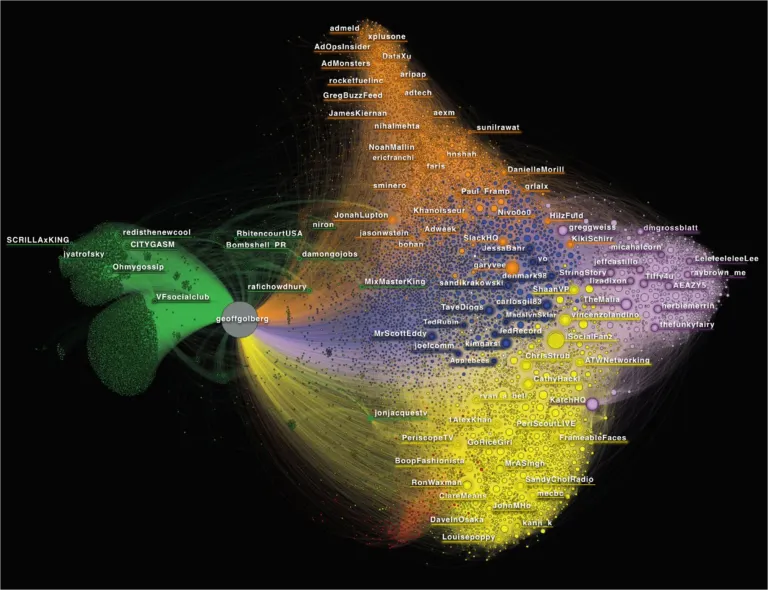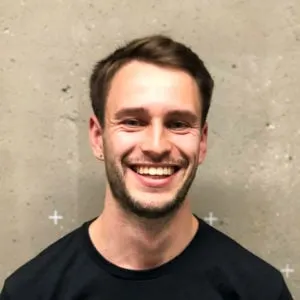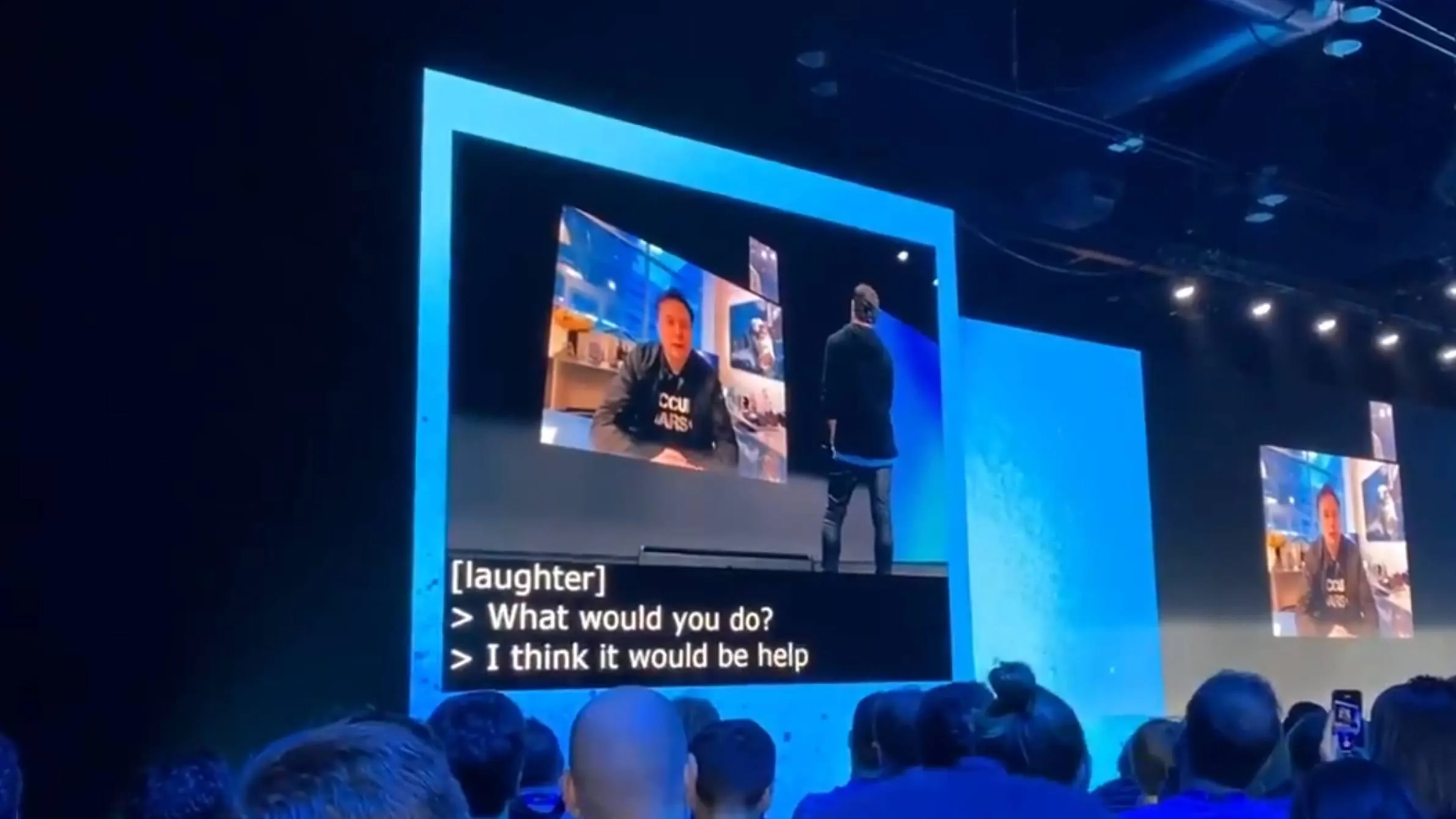Tesla co-founder Elon Musk has told Twitter CEO Jack Dorsey to sort out the social media site’s problems with bots and inauthentic accounts. He recommended that Twitter identifies which accounts are bots, to help fight the growing surge of misinformation.
Musk has been a popular target of scams—ranging from Bitcoin to Tesla giveaways—because of his high profile. Even news sites Sky News and TechCrunch reported on a supposed Tesla giveaway before realising they’d been hoodwinked. In September 2018, he teamed up with Dogecoin—a joke version of Bitcoin—founder Jackson Palmer to help fight the bots, but to no avail.
Musk made the comments in a live stream while Dorsey was speaking on stage, according to a video posted by a Twitter employee yesterday.
What @elonmusk thinks Twitter could be doing better. #OneTeam pic.twitter.com/BvAUee7rmn
— Mary Kate (@_maryjordan) January 16, 2020
“I think it would be helpful to differentiate” between real and fake accounts, Musk told Dorsey, adding, “Is this a real person or is this a botnet or a sort of troll army or something like that?”
“Basically, how do you tell if the feedback is real or someone trying to manipulate the system, or probably real, or probably trying to manipulate the system?” Musk asked. “What do people actually want, what are people actually upset about, versus manipulation of the system by various interest groups.”
Twitter’s problem with fake accounts
The problem of bots on Twitter is well documented. In March 2017, a study said that nearly 48 million accounts on Twitter could be fake. A year later, Twitter deleted 10,000 accounts it deemed fake. Recently, it suspended an entire legion of bots running a Saudi Arabia disinformation campaign.
Canberra computer scientists have argued that bots are more powerful than people in influencing elections, showing that they are having a massive effect in meatspace. “They can do superhuman things, they're always active...they're like soldiers,” researcher Timothy Graham told The Sydney Morning Herald.
There are two problems at hand. An inauthentic account is, simply, an account set up by a real person—usually someone influential or an influencer wannabe—who buys legions of fake followers, and tweets at will. By contrast, a bot account doesn't necessarily have many or any followers, but is run by computer program and typically spews forth hundreds of tweets a day.
Social Forensics founder Geoff Golberg has long been documenting Twitter’s troubles with bots and inauthentic accounts. In 2018, he analysed 10,000 bots that someone had purchased for his own account. The bots can be seen in green below and are easy to identify because they don’t have organic connections with other accounts that follow him.

He then turned his attention to the XRP Army, a swarm of over 40,000 Twitter accounts devoted to spreading the gospel of XRP. He found that many accounts tweeted hundreds of times per hour and that many of the accounts were designed to increase the followings of key Ripple executives, making them look more popular.
“When I looked at the Twitter handles in the data set, I was floored by the number of accounts with XRP in their names. They have this stuff for every country, for all major cities. They’re trying to billboard Twitter with the XRP army,” he told Decrypt last year.
Recently, he uncovered a link between this collection of accounts and the Saudi Arabia disinformation campaign that Twitter uncovered. He found that many of the accounts that were suspended also followed the bots promoting XRP, suggesting that they are controlled by similar companies or people.
However, Twitter hasn’t always been too forthcoming in removing fake accounts. Golberg said that he would get few responses when alerting Twitter about fake accounts and that it was often months before any action would get taken. He was later deplatformed from Twitter.
Twitter to be reborn
Dorsey does have one trick up his sleeve. Last month, he tweeted—obviously—about his plans to create an open standard for decentralized social media.
"Twitter is funding a small independent team of up to five open source architects, engineers, and designers to develop an open and decentralized standard for social media. The goal is for Twitter to ultimately be a client of this standard," he said.
Twitter is funding a small independent team of up to five open source architects, engineers, and designers to develop an open and decentralized standard for social media. The goal is for Twitter to ultimately be a client of this standard. 🧵
— jack 🌍🌏🌎 (@jack) December 11, 2019
Twitter's CTO Parag Agrawal will be leading the team, called Bluesky, which eventually plans to use decentralized technology, like blockchain, to create a new Twitter. This social media utopia would have fewer fake accounts and it might give more control over personal data back to its users.
"Finally, new technologies have emerged to make a decentralized approach more viable. Blockchain points to a series of decentralized solutions for open and durable hosting, governance, and even monetization. Much work to be done, but the fundamentals are there," Agrawal said.
And if it works, people might finally believe that Elon Musk isn’t giving away a Tesla on Twitter.

